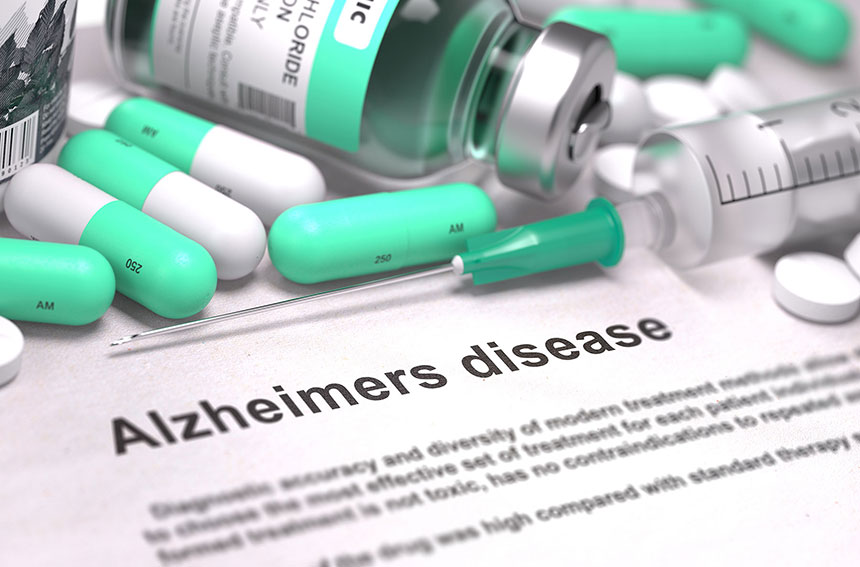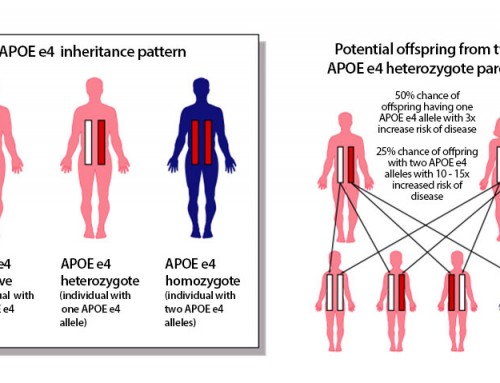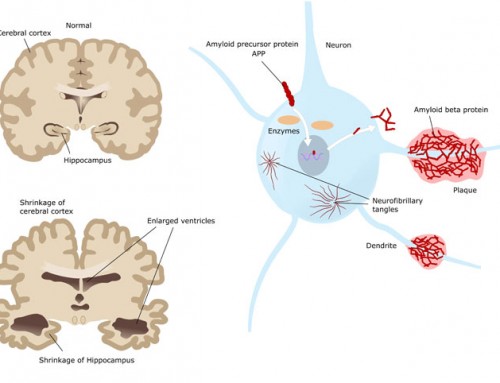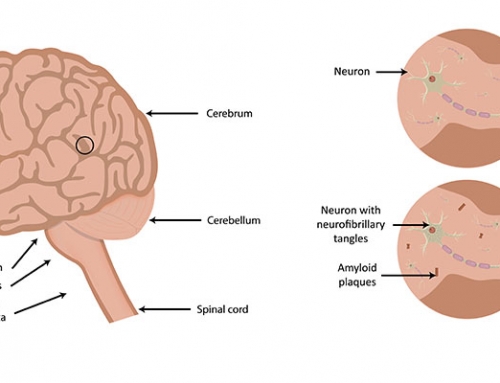[Updated 2015 Sep 24]. In: Pagon RA, Adam MP, Ardinger HH, et al., editors. GeneReviews® [Internet]. Seattle (WA): University of Washington, Seattle; 1993-2015.
Caring for a person with Alzheimer’s disease. (Page Last Updated: January 22, 2015). Alzheimer’s Disease Education & Referral (ADEAR) Center – A Service of the National Institute on Aging, National Institutes of Health.
Are there any treatments for Alzheimer’s?
Alzheimer’s disease is irreversible and incurable. To date, there is no medication that can treat the underlying cause or degenerative progression of the disease. However, there are medications available that help ease the symptoms of Alzheimer’s, and temporarily improve the quality of life of people with Alzheimer’s.
In Canada, there are four drugs currently approved by Health Canada to treat the symptoms of Alzheimer’s disease. Although the active ingredient (donepezil, rivastigmine, galantamine and memantine) differs between each drug, all four drugs fit into two categories based on their drug target and affect. Donepezil, rivastigmine and galantamine belong to a group of drugs called cholinesterase inhibitors, whereas memantine is a NMDA (N-methyl-D-aspartate) receptor antagonist.
In United States, there are five drugs approved by the FDA for Alzheimer’s. These are the four approved drugs in Canada and a fifth drug that is essentially a combination of the two active ingredients, donepezil and memantine. Clinical trials have not been undertaken for this fifth drug in Canada.
Cholinesterase inhibitors are used to treat symptoms of Alzheimer’s associated with memory, thinking and reasoning. In normal people, endogenous chemicals produced by nerve cells called neurotransmitters (e.g. acetylcholine, glutamate) are used for communication between neurons in the brain across the synapses. However, people with Alzheimer’s, have progressive brain degeneration of nerve cells, thus affecting the production of acetylcholine in the brain. Acetylcholine is a neurotransmitter involved in memory, thought and learning, and decreased levels of acetylcholine are associated with memory loss in people with Alzheimer’s. Acetylcholinesterase is an enzyme responsible for the breakdown of acetylcholine. Cholinesterase inhibitors act by inhibiting the breakdown of acetylcholine, thereby increasing the level of acetylcholine in the brain and delaying the progression of disease symptoms for a period of time.
NMDA (N-methyl-D-aspartate) receptor antagonists are used to treat moderate to severe symptoms of Alzheimer’s associated with cognitive functions. Glutamate is another neurotransmitter involved in memory and learning. NMDA receptors are the receptors for glutamate, binding of which allows calcium to enter into the cell. In people with Alzheimer’s, glutamate leaks out of the sick nerve cells, which leads to excessive interaction with the NMDA receptors. This results in overexposure to calcium, which can accelerate cell damage and cause toxicity in nerve cells. NMDA receptor antagonists work by partially blocking the NMDA receptors by interacting with the receptors themselves, so excess glutamate could not over-stimulate the receptors. This regulates the activity of glutamate and temporarily delays the loss of memory, attention and other symptoms from becoming worse.
There are also medications available that are used to treat the other symptoms of Alzheimer’s, such as behavioral and sleep problems. For example, there are drugs for treating anxiety and restlessness (anti-anxiety medication), depression (anti-depressants) or aggression and hallucination (antipsychotics). All these drugs also have side effects, which are normally more apparent in people with advanced age.
There are alternative non-pharmacological therapies that might be useful for people with Alzheimer’s, such as music, art and pet therapy, massage, aromatherapy and supplements. However, more research is still needed to determine the effectiveness of these treatments.
References:
Alzheimer’s Disease Fact Sheet. (Page Last Updated: July 20, 2015). Alzheimer’s Disease Education and Referral (ADEAR) Center – A service of the National Institute on Aging, National Institutes of Health.
Bird TD (1998). Alzheimer Disease Overview.
DNA In the News2017-04-06T00:20:03+00:00






